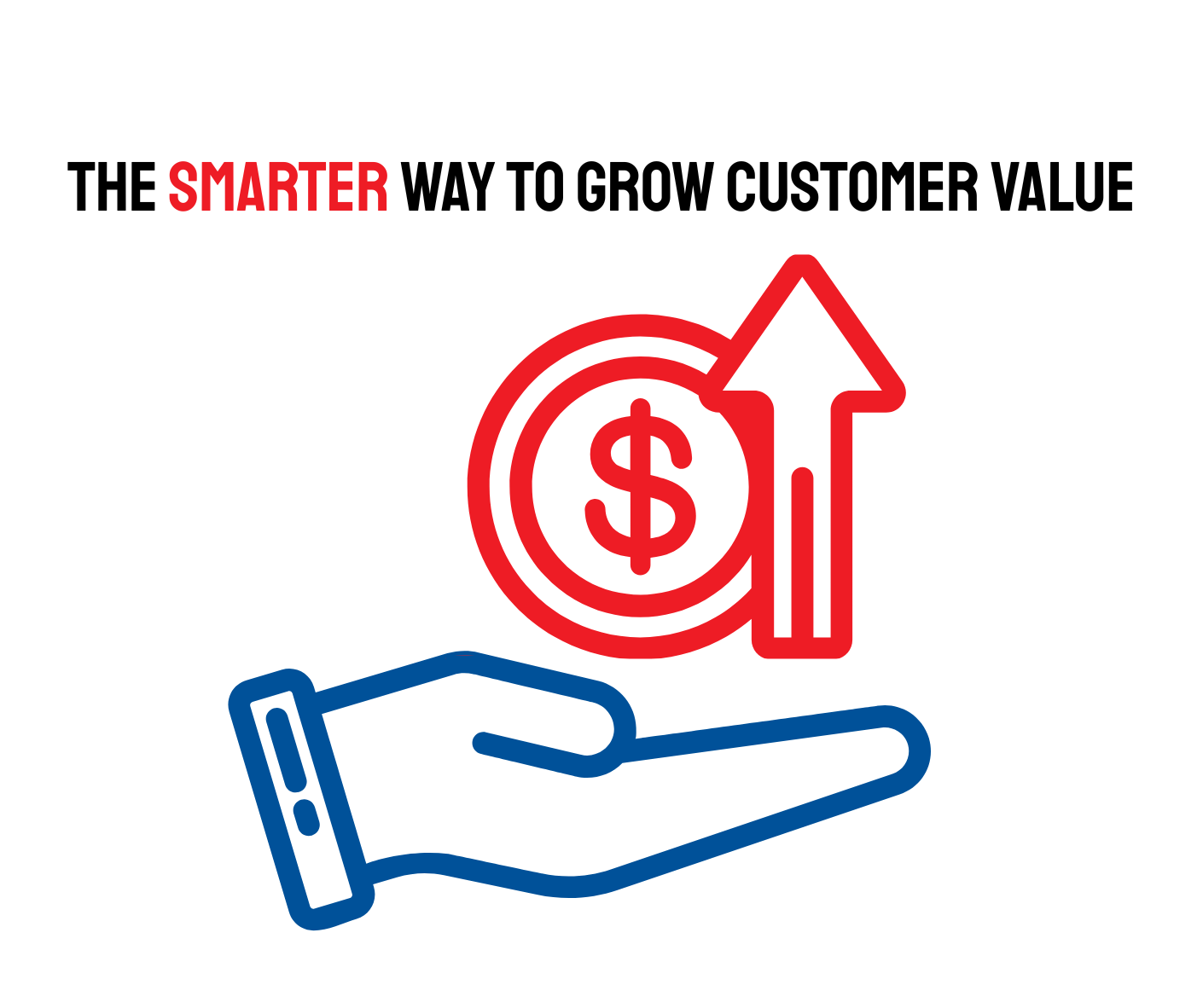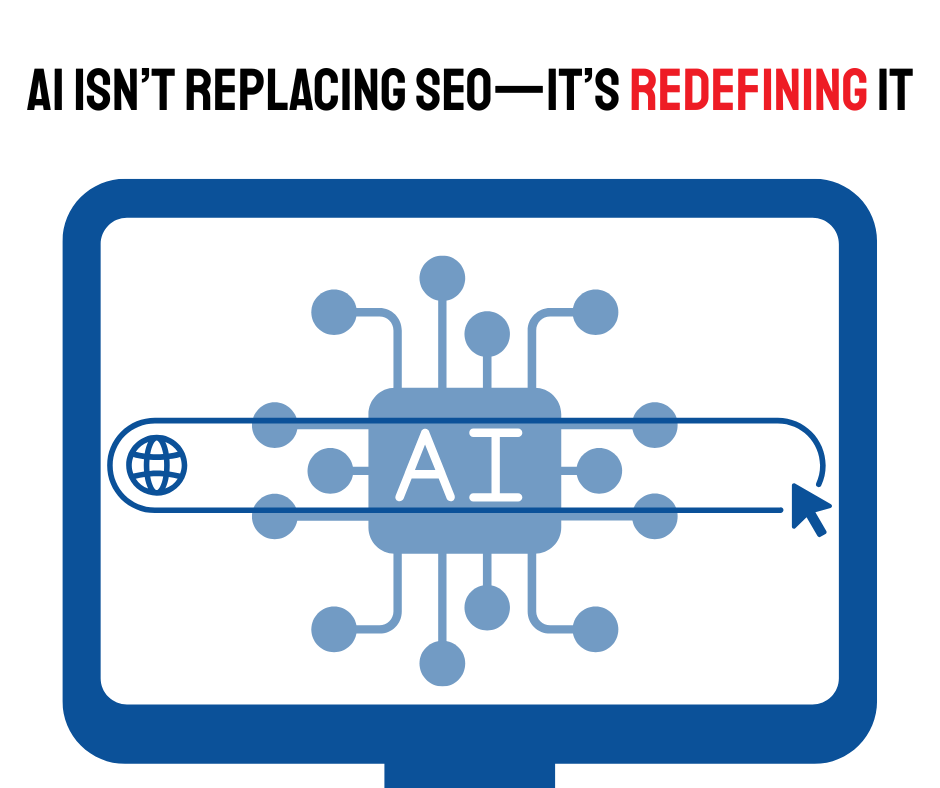How to Get Unstuck in Your Small Business
If you’re a business owner or feel responsible for a business (regardless of your actual job title), it’s not unusual to feel stuck. No, I’m not talking about the golden handcuff-kind-of-stuck where because of the cost of living, you can’t get off the work treadmill. I’m talking about feeling stuck from a mental perspective—completely uninspired.
Like the business version of writer’s block, when you’re stuck, you’re not feeling creative, and your business is paying the price for it. Yes, the simple answer to when you feel this way is to take some time off—a vacation or, if you’re able, a sabbatical.
But that’s simply not feasible for many of us.
So, what do you do to bring back that loving feeling? To feel the excitement you used to feel about your business? To see things from a new perspective again?
You must first recognize that there is a problem and then you need to shake things up.
6 Ways to Get Unstuck
These creative approaches to getting past business boredom may not all work for you. They’re not designed to. This isn’t a step-by-step list.
Consider how you might loosen a knob that’s stuck or a car that’s trapped in the mud or snow. You start off applying consistent pressure. When that doesn’t work, you shift to spurts of momentum and exaggerated force. And in the case of getting a car out of the muck, it’s often the rocking (the rhythmic application of force followed by a rest that creates rocking) that frees it.
Your mind (and outlook on your business) likely needs a little on/off switch, which can be accomplished by doing something different. If any of the following are part of your daily practice, skip over that idea or do it in a new way. Psychologists refer to this as Divergent Thinking.
1. Practice Mindfulness and Meditation
Engaging in mindfulness practices can help you improve focus, reduce stress, and enhance decision-making abilities. Regular meditation fosters a clearer mindset, allowing for better management of daily challenges and long-term strategic planning. With less stress, you may feel invigorated again.
2. Engage in Cross-Disciplinary Learning
Exploring subjects outside of one's industry can spark creativity and innovation. For instance, a tech entrepreneur might benefit from studying art or philosophy, which can provide fresh perspectives and inspire new ideas applicable to their business.
Cross-disciplinary learning isn’t hard, expensive, or time-consuming. Read a book, listen to an audiobook, subscribe to a newsletter in an area you know little about, join Blinkist to have access to thousands of book synopsis (like Clift Notes for adults), sit with an employee and ask them to teach you something—professional or about an interest they have. Learning something new can give you a fresh perspective.
Next, try to find correlations in the learning you’re doing. How do these seemingly random lessons fit into what you normally enjoy or pursue?
3. Seek Out Mentorship and Reverse Mentorship
While traditional mentorship is valuable, reverse mentorship—where younger or less experienced individuals provide insights to seasoned professionals—can offer new viewpoints on emerging trends, technologies, or even language (ever try to have a casual conversation with a Gen Zer? They use a completely different dictionary). This reciprocal learning can enrich your understanding of your market and customer base.
Check with your chamber. They may have a mentorship program or might be able to match you with someone who can expand your understanding in a new area of interest. If you don’t have time to invest in a new mentor/mentee relationship, attend one of the Lunch & Learns in a subject you would never have thought of attending before.
Again, look for correlations between what you’ve learned and how you might use it in your business or life.
4. Participate in Community Service or Volunteering
Engaging in community service can enhance leadership skills and empathy, which are crucial for effective management. It also allows you to build networks and understand community needs. If you don’t have an interest in a cause, talk to your chamber. They’d be glad to put you to work.
5. Use a Swipe File or mymind
Ever stumble across something that interests you, but you don’t have the time to pursue it? Well, that time is now. Take out whatever notes you’ve taken or swipe file you’ve kept and pursue something on your bucket list. If you don’t have a swipe file or bucket list, create one and start adding to it.
I use mymind because it keeps a beautiful visual representation of books I’m interested in, website articles I want to read, movies I want to watch, etc. Prior to the app, I was using my notes function on my phone but it’s harder for me to find the snippets I wanted to save on there. (My notes are extensive so I needed a better solution.)
If you’re always finding articles on the web that you don’t have time to read, try Pocket to save them for later. Pocket will also make suggestions on content to check out based on your interests.
6. Experiment with Personal Projects
Undertaking personal projects unrelated to your business can foster creativity and innovation. These projects allow for risk-taking in a low-stakes environment, encouraging problem-solving and adaptability that can translate back into the business realm. They can also reduce stress, help you meet new people, and teach you the value of patience. Who knows? Maybe you’ll even uncover a new love or revenue stream!
----------------
Christina Metcalf is a writer/ghostwriter who believes in the power of story. She works with small businesses, chambers of commerce, and business professionals who want to make an impression and grow a loyal customer/member base. She loves road trips, hates exclamation points, and is always taking notes on interesting tidbits.
_______________________________________
Medium: @christinametcalf
Facebook: @tellyourstorygetemtalking
Instagram: @christinametcalfauthor
LinkedIn: @christinagsmith




